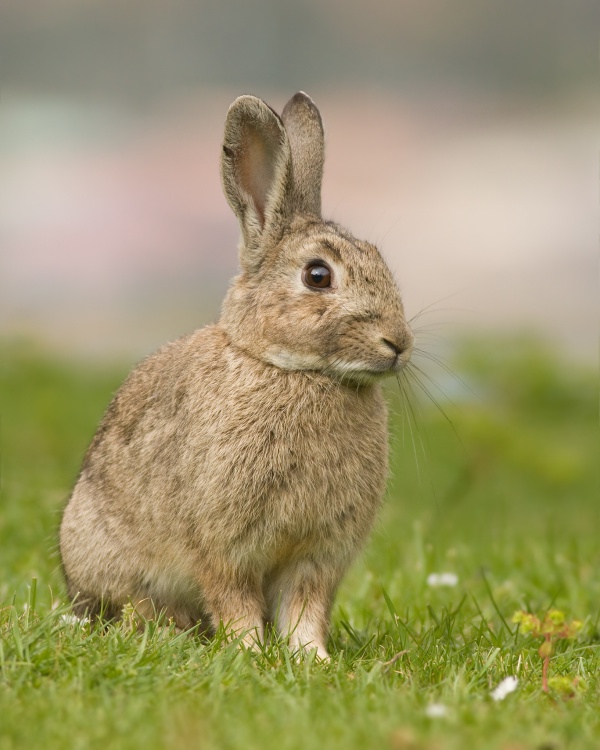Facts About European rabbit
The European rabbit, also known as the coney, originally hails from southwestern Europe and northwest Africa. However, it is now found across the globe, except in Antarctica, often causing significant harm to local ecosystems in these new regions. The species' decline in its native habitats has negatively impacted its natural predators, such as the Iberian lynx and the Spanish imperial eagle.
European rabbits are renowned for their burrowing habits and their altricial young—meaning their babies are born blind and hairless, relying heavily on their mothers for survival. In the 1960s, naturalist Ronald Lockley, along with Australia's Commonwealth Scientific and Industrial Research Organisation (CSIRO), conducted substantial research on the behavior of wild rabbits.
Compared to brown and mountain hares, European rabbits are smaller, typically measuring about 40 centimeters in length and weighing between 1,200 to 2,000 grams. They exhibit various fur colors and shed their coats annually.
These rabbits live in social groups within warrens and are highly territorial. They have a social hierarchy, with dominant males (bucks) and females (does) prioritizing access to resources. Dominant bucks often have multiple mates, while lower-status rabbits tend to form monogamous pairs. Female rabbits are known for being fiercely protective of their young.
European rabbits communicate through vocalizations and have a diverse diet, primarily consisting of various plants. As an invasive species, they have been introduced to places such as Australia, New Zealand, and Chile, where they have caused substantial ecological problems.
Domesticated European rabbits have been bred for their meat and fur, leading to a variety of breeds. Their conservation status varies by region: while their populations are declining in their native Iberian Peninsula, they are thriving in many introduced areas. Globally, the European rabbit is classified as Near Threatened.

 Austria
Austria